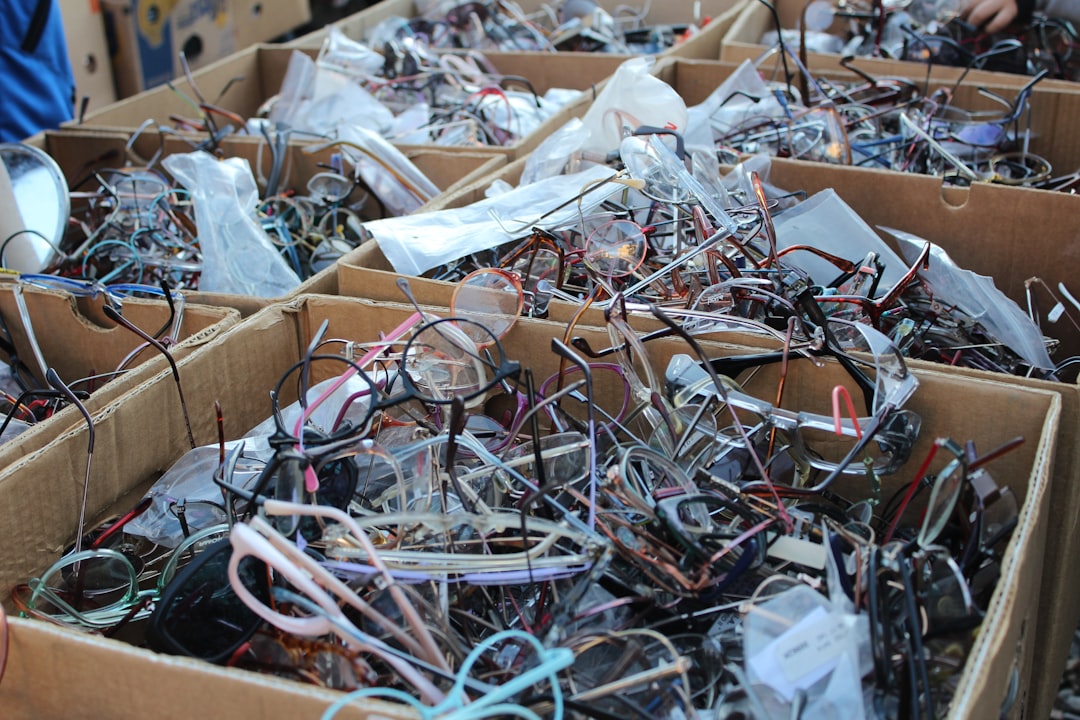In an increasingly globalized world, many businesses are exploring nearshore outsourcing to enhance efficiency, reduce costs, and tap into specialized talent pools. Europe, with its wealth of skilled professionals, cultural proximity, and minimal time zone differences, stands out as a highly attractive nearshoring destination. However, selecting the right nearshore partner is crucial for ensuring project success and long-term growth. Here are ten practical tips on how to choose a reliable nearshore company in Europe.
1. Assess Technical Expertise
The first step is to evaluate the technical skill set of the company. Make sure they have hands-on experience with the specific technologies, tools, and frameworks that match your requirements. Ask about their core competencies and check if their tech stack aligns with your business goals.
2. Review Portfolio and Case Studies
Trustworthy companies should be able to provide a collection of successful past projects. Reviewing a company’s portfolio and reading real-world case studies will give you insight into their work quality, domain experience, and ability to solve complex challenges.

3. Evaluate Communication Skills
Clear and effective communication is a cornerstone of any outsourced project. Language proficiency (particularly in English), responsiveness, and regular reporting habits are all crucial elements to assess before making a decision.
4. Check Cultural Compatibility
Nearshoring tends to work well when there’s minimal cultural gap. European countries often share similar work ethics, legal standards, and business norms. Ensure that the nearshore partner’s company culture aligns with yours to avoid misunderstandings and foster smoother collaboration.
5. Consider Time Zone Proximity
One of the main advantages of nearshoring is the ability to work in overlapping business hours. Ensure the company’s location allows for real-time communication, daily stand-ups, and quick response times when needed.
6. Investigate Legal and Security Compliance
When outsourcing, data protection and legal compliance are nonnegotiable. Verify that the company follows the General Data Protection Regulation (GDPR) and complies with data privacy protocols. Additionally, check for NDAs and contracts with appropriate legal binding authority.

7. Understand Their Development Methodology
A reliable nearshore partner will follow standardized development methodologies such as Agile, Scrum, or Kanban. Ask them to elaborate on their project management approach, how they handle sprints and iterations, and how often they deliver progress reports or demos.
8. Explore Scalability and Flexibility
Business needs change rapidly, and you need a nearshore company that can adapt. Before signing a contract, ask about the company’s ability to scale your team up or down depending on project demand. Flexibility in engagement models is a strong indicator of a mature service provider.
9. Read Client Reviews and References
Always look for third-party validation. Online reviews, testimonials, and B2B platforms like Clutch or GoodFirms can give you a well-rounded view of the company’s performance. Don’t hesitate to request references and actually speak with past clients to get firsthand feedback.
10. Visit the Company On-Site When Possible
If circumstances allow, visiting the company in person is a good way to verify operations, meet the team, and get a sense of their working environment. This kind of transparency adds an invaluable layer of trust when making a nearshoring decision.
Nearshoring in Europe can be a transformative strategy for your organization, combining the advantages of cost-efficiency with access to one of the world’s most qualified tech workforces. By carefully evaluating these ten critical aspects, you can confidently choose a nearshore partner that delivers value and aligns with your strategic objectives.
Remember, the goal is not just to outsource, but to build a long-term partnership that propels your business forward.
